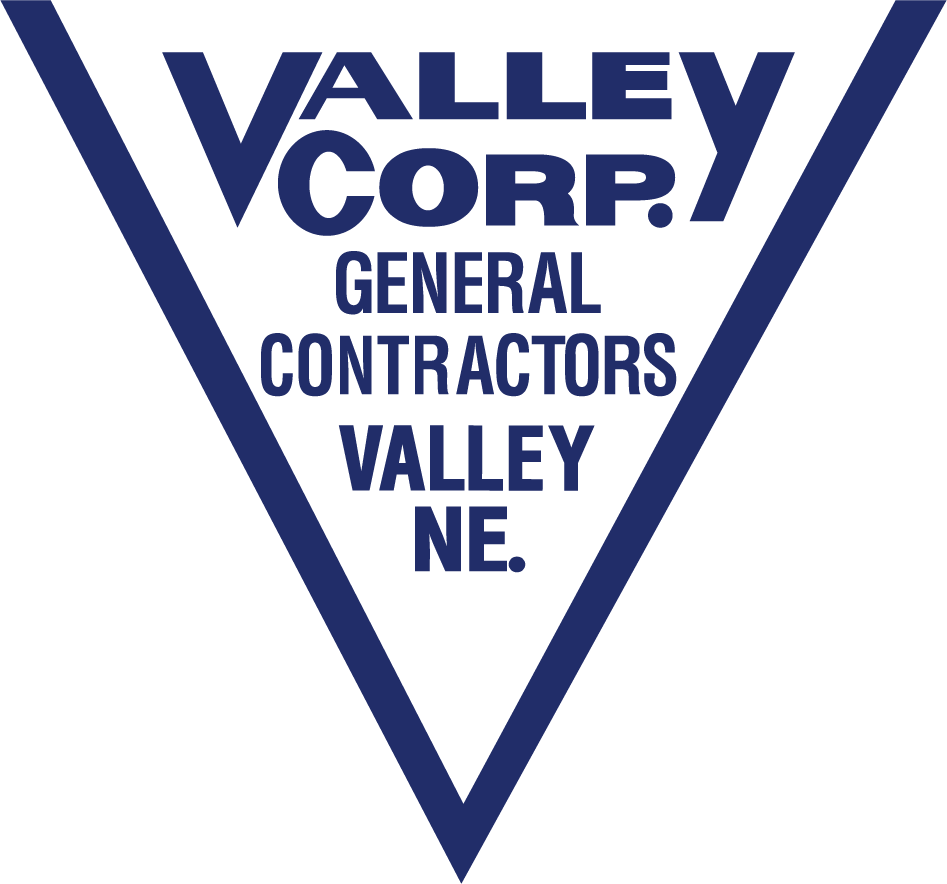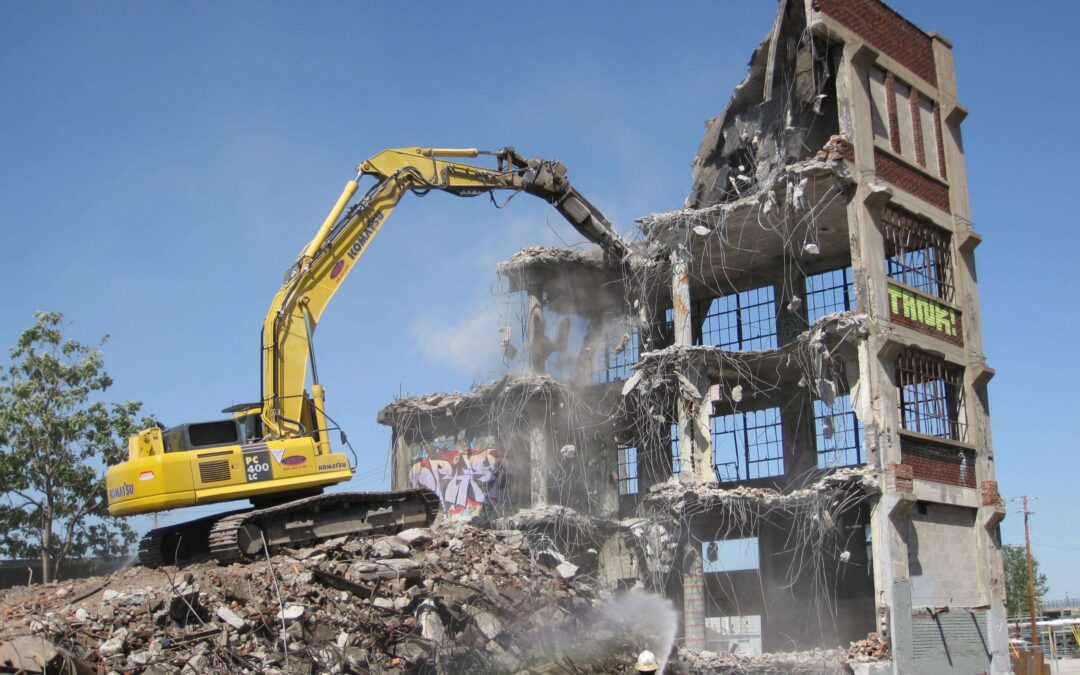One would not normally expect a sense of humor from OSHA, but the title of their article on demolition is a masterpiece of dark comedic understatement: Demolition: Construction in Reverse, with Additional Hazards. While that sums the matter up rather neatly, the plain fact is that this is no laughing matter for demolition contractors serving Omaha and Council Bluffs areas. It’s difficult, painstaking, and dangerous work — and can easily turn deadly if it’s not taken seriously. For the good of our employees and clients alike, Valley Corporation works hard to control the many hazards associated with demolition.
Demolition Training
Each demolition project varies in its particulars, but there are enough points in common that crews can, and must, be trained ahead of time. Employees should know how to identify and address hazards both common and uncommon to avoid occupational injuries, illness, and death. We strictly follow the provisions of Section 91-596 of the Occupational Safety and Health Act as part of our training regimen, keep detailed demolition safety checklists, and ensure that training is updated for current best practices then followed up to ensure compliance.
PPE for Demolition
Training is hardly the only step that should take place in advance of demolition. There’s a wide range of PPE (Personal Protective Equipment) required for demolition, and we take care to furnish our crews with gear that meets or exceeds federal standards. The PPE that should be issued in advance of a demolition project includes but is not limited to protection for hearing and vision, respiratory protection to guard against particulate matter, protection for the head, hands, and feet, specialized protective clothing for cutting and welding applications, and fall arrest systems where applicable.
Project Planning
As the old expression goes, “Proper planning prevents poor performance.” Planning should be one of the first things undertaken in any project that requires the demolition of all, or part, of a structure, wall, road, or nearly anything else.
So this is where we get down to brass tacks, conducting a thorough site evaluation to get a handle on the challenges and hazards we’ll face during the demolition phase of the project.
- Design evaluation, during which the building or structure plans are studied and special attention paid to modifications that have taken place over time.
- Materials evaluation, accounting for the presence of asbestos, heavy metals, and chemicals that will require additional precautions or special handling.
- Construction evaluation, looking for flaws or unseen quirks in construction where an unexpected weakness (or surprising strength) could compromise the demolition.
- A plan to secure or relocate utilities.
- An understanding of the potential hazards posed by the method of demolition.
- Emergency planning for fire prevention, first aid, and evacuation.
- Revisiting training and PPE requirements in light of our findings during the evaluations above.
It isn’t always possible to plan for every contingency. However, the more thorough and careful our planning, the better we’re able to deal with the occasional hurdles that must be cleared in the natural course of a project. One advantage to the nearly five decades we’ve spent as a demolition company for Valley, NE is that we’ve seen and experienced enough to be able to identify issues that a less-experienced contractor could easily miss. For experienced demolition contractors in Nebraska and Iowa contact Valley Corporation today.

